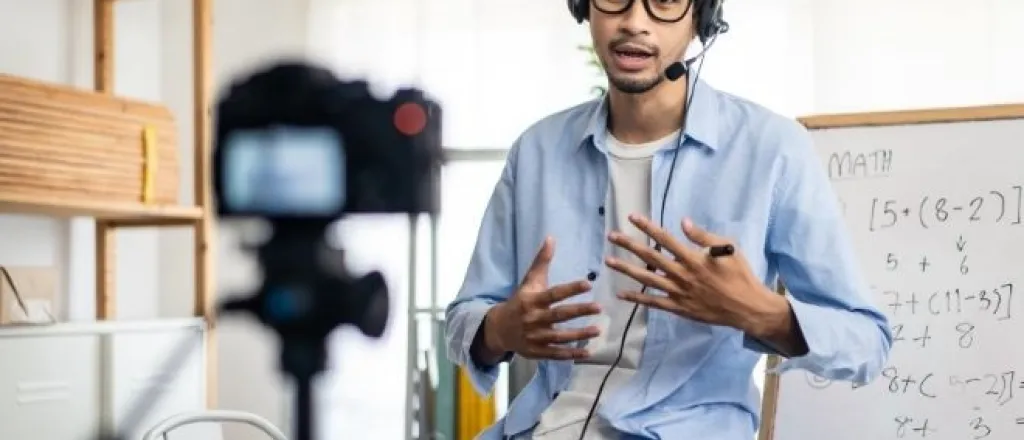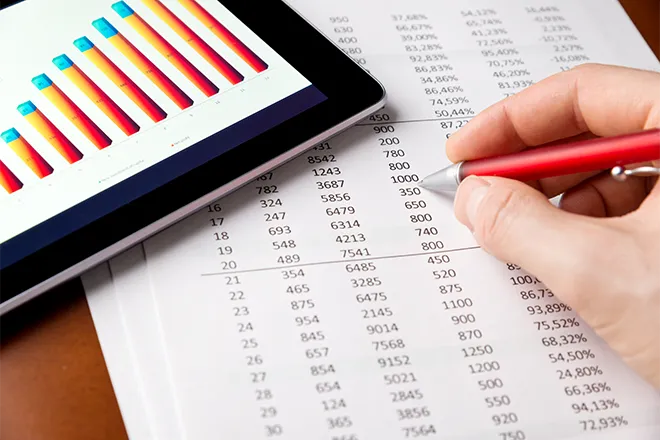
The Importance of Feasibility in Medical Device Development
An action or process is said to be “feasible” when it’s possible, but the word “possible” doesn’t really capture the essence of the concept of feasibility. Something may be possible, but it could also be extremely difficult.
Determining feasibility means figuring out not only if something is possible, but also how difficult it will be to achieve. For example, even if feasibility research finds that manufacturing a product is possible, it could also be prohibitively expensive. While research may discover that prototypes work, they could be too time-consuming to produce in high quantities. User experience research might reveal that the design doesn’t effectively meet the need the product was designed to serve. In these situations, the product development team must decide if it’s worth exploring a redesign, or if they should abandon the idea altogether.
This is true across many businesses, but the importance of feasibility in medical device development cannot be underestimated as the stakes with medical device development are very high. Feasibility studies for medical device development can reveal that practitioners and patients are reluctant to adopt a new product. Furthermore, tests may discover that the device can’t perform as expected without significant and expensive changes. A new device may be found to be safe and effective for a subset of patients, but might cause harm to others, making the device too highly specialized to be feasible from a market and cost perspective.
The Feasibility Stage in Medical Device Development
There are many different types of feasibility that medical device developers and designers must investigate. Their tests or research can happen along the spectrum of device development. There is a variety of feasibility inquiries that may take place throughout the development process and across different teams.
Most product developers will include research into the user experience. They may compare existing products with user needs and preferences to test whether they can make a more comfortable, faster, lighter weight, or less expensive device. Market feasibility also wraps into any product development process. Will the concept address a need that isn’t being served by an existing product? Does the proposed new product or design offer greater value to users than existing solutions? What other barriers to entry in the identified market may exist?
Medical device development adds several other considerations to this feasibility work:
Technical – Novel devices may include novel technology. Developers must consider whether the technology for the device currently exists or must be developed concurrently with the rest of the device. Designers and engineers must determine which materials will work best to create the device. Some materials work better with human tissue than others, while some may react with reagents used in medical testing, contaminating or compromising tissue samples. Some medical diagnostic devices incorporate structures measured in microns. A good question to ask is if the manufacturer has the ability to produce thousands of devices that meet the same standards as the prototype.
Clinical – Medical device developers must demonstrate clinical feasibility, meaning that the proposed device will be able to improve clinical outcomes at an acceptable cost, and that it is safe and effective to use with patients. Practitioners and patients must be willing to adopt the device. They must be practical for use in clinical settings, ideally streamlining clinical processes without sacrificing effectiveness and patient care. A device that isn’t easily portable complicates clinical operations. Devices that are effective but painful for patients are unlikely to be adopted absent urgent need.
Another challenge with clinical feasibility is in-human testing. This requires identifying sites, recruiting volunteers, and documenting results. Low participation, small sample groups, and the potential need for several iterations of the device complicate this stage of the development process. If successful, however, a clinical feasibility study can lay the groundwork for a later, larger trial designed to prove the safety and effectiveness of the device for regulatory approval.
Regulatory – Device development teams must anticipate potential regulatory roadblocks. They must identify a path toward regulatory approval that includes testing and documentation that will meet regulatory requirements.
The Center for Devices and Radiological Health (CDRH) of the FDA has developed an early feasibility studies (EFS) program for some medical devices. These studies typically enroll only a small number of participants. They provide data about the safety and function of a device, which can inform design modifications or additional iterations.
The EFS program is intended to provide access to potentially helpful technologies for patients, and to encourage innovation in medical device development. Under the program, device designers work directly with study sponsors, FDA reviewers, and clinicians to improve efficiency in medical device development. These EFS trials shed light on human factors like the individual characteristics of patients that may impact how the device performs and how the techniques of human operators can impact device efficacy. These studies can reveal steps necessary for further device refinements.
A device might be eligible for the EFS program if non-clinical studies cannot produce data necessary to move its development forward. Devices that fall into several FDA regulatory categories may be eligible for the program, including devices that must undergo FDA premarket approval, devices that are eligible for FDA premarket 510(k) notification, De Novo classification, or devices that are eligible for FDA humanitarian device exemptions.
Team – Medical device development feasibility analysis requires evaluating the capabilities of the product development team. Expertise in life science product development must be combined with financial, marketing, quality management, and regulatory compliance teams to determine whether the organization can successfully bring a new device to the market.
It’s rare for a single organization to have all these teams in-house. Instead, manufacturers with their own marketing teams, funding sources, and regulatory compliance teams seek partnerships with experts in device design and prototyping. Working together to iterate design and identify refinements, these teams can determine if a new device design is practical, affordable, safe, effective, and marketable – in other words, feasible.
Experience and expertise are prime criteria when selecting a partner for medical device development, as are ISO quality management certification and excellent communication. Partners should be skilled and experienced in rapid prototyping that will help discover if an innovative design is feasible. If the answer is yes, your medical device development partner should also be apt in helping you move forward with design transfer and selecting a capable manufacturer for scaling-up production once regulatory approval is granted.














